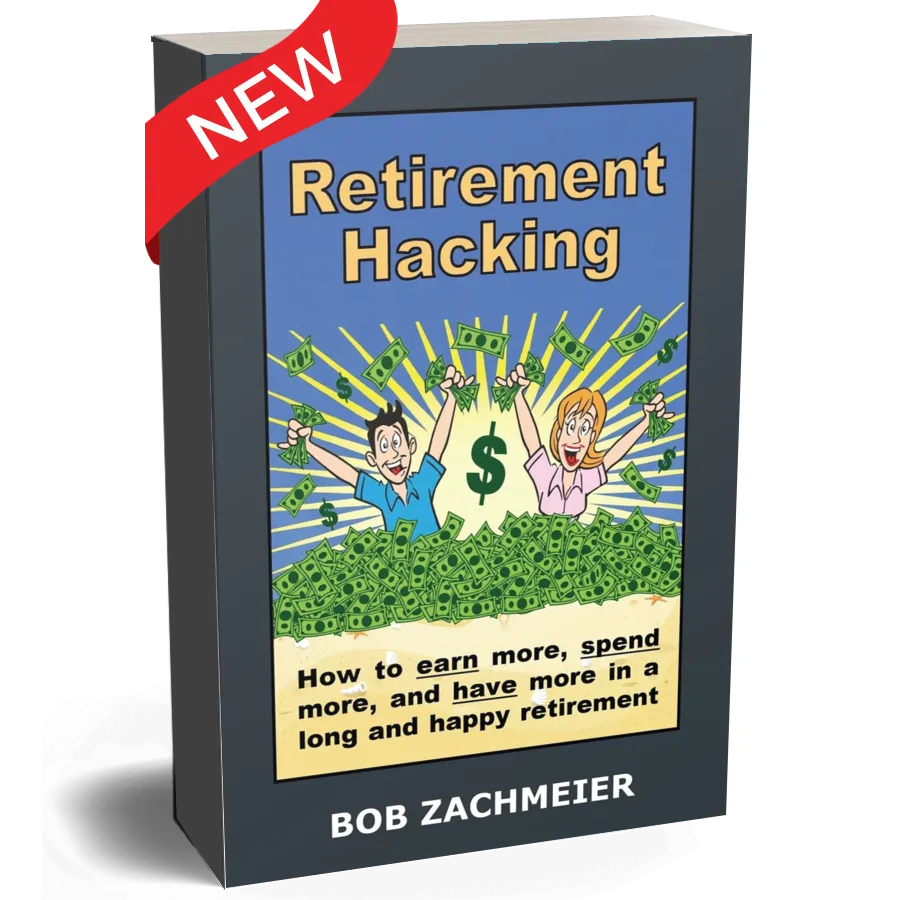Structure Note Deals in LESS than a Minute!
WELCOME TO NOTE INVESTING!
notecarry.com provides:
Hassle Free Investments
Learn to invest in real estate without the “tenant and toilet” headaches of rental properties.
Steady Pay
Owning the PAPER produces more income while avoiding the hassles and liabilities of owning the PROPERTY!
At Your Terms
Why buy OPC (other people’s crap) when you can create notes in your town, on your terms, with people you want to lend to?
2K+
Clients Consulted
25
Years of Experience
19+
Certifications and Awards
99%
Success for Clients
About Me
BOB ZACHMEIER
After decades of owning rental properties, Bob discovered notes in 2002 and realized that “mailbox money” was far superior to the “tenant and toilet” hassles of rental property.
He conducts weekly webinars to educate retirees, investors, and real estate agents about the benefits of offering private financing to the “hardest working people in America,” the self-employed business owners that banks turn down.
Bob created notecarry.com to quickly structure notes, wraps, rental comparisons, etc. with a multitude of reports for buyers, sellers, and investors that can be created and e-mailed in under a minute!
Bob Zachmeier’s creative, out-of-the-box solutions have enabled homeowners across the country to buy and sell their homes without banks.
- LIVE weekly webinars to help
you create notes in your own
back yard! - Software to analyze note
deals in less than a minute! - QuickStart course with nearly
700 powerpoint slides to get
you going - Private Facebook group to network
with other NoteCarry
members - A deal board to match
members looking for deals
with dealmakers looking for
money - A network of trusted “Boots
on the ground” in most major
markets where you want to
invest - Personal mentoring to help
you structure deals when you
find them - First right of refusal on note
deals created every week - $500 discount for Annual
conference to network with
members from across the
country - LIVE weekly webinars to help
you create notes in your own
back yard! - Software to analyze note
deals in less than a minute! - QuickStart course with nearly
700 powerpoint slides to get
you going - Private Facebook group to network
with other NoteCarry
members - A deal board to match
members looking for deals
with dealmakers looking for
money - A network of trusted “Boots
on the ground” in most major
markets where you want to
invest - Personal mentoring to help
you structure deals when you
find them - First right of refusal on note
deals created every week - $500 discount for Annual
conference to network with
members from across the
country
NoteCarry Membership
Choose your Weapon

All Inclusive
EVERYTHING
$2,998/yr - $1,998/yr renewal
Glossary
Legacy Software Videos
Online Signature Tools
Premium NoteCarry Tools
Quick Start Course
Live Weekly Webinars
Member Discounts
Private Deal Board
Private Facebook Group
Video Training Library
Conference Recordings
Personal Mentoring
First right of Refusal
Quick Start Coaching
PAY AS YOU GO
$998 to start - $198/mo (cancel anytime)
Glossary
Legacy Software Videos
Online Signature Tools
Premium NoteCarry Tools
Quick Start Course
Live Weekly Webinars
Member Discounts
Private Deal Board
Private Facebook Group
Video Training Library
Conference Recordings
Personal Mentoring
First right of Refusal
TESTIMONIALS
What Our Members Are Saying


"I was counting winners"
Bob Zachmeier’s talk was my biggest take-away from the conference. He instantly became my hero. I got the pleasure of sitting with him the following night and chatting about how he does things and his current personal goal to give 1 million dollars to charity while still alive. This man operates on a win-win scale that is nearly unbelievable. Watch some of his youtube videos and listen for his “Robinhood close”. Amazing. I was counting “winners” on one of his deals and got up to 8. EX: Buyer wins because they got a house when they couldn’t get a loan from a bank; Seller wins because they sold at a premium; Investor wins because he got the 2nd at 50 cents on the dollar; Realtor wins on a commission at a premium price; Neighborhood wins because a house just got recorded as selling above market; Investor’s Nephew’s college fund wins because he was allowed to invest $100 and collect interest on the Note alongside the Investor; … it continued like that…
– Daniel Burbol-
CEO
Las Vegas, NV

Privacy Policy | Terms & Conditions | © Copyright 2025. NoteCarry.com. All Rights Reserved.

